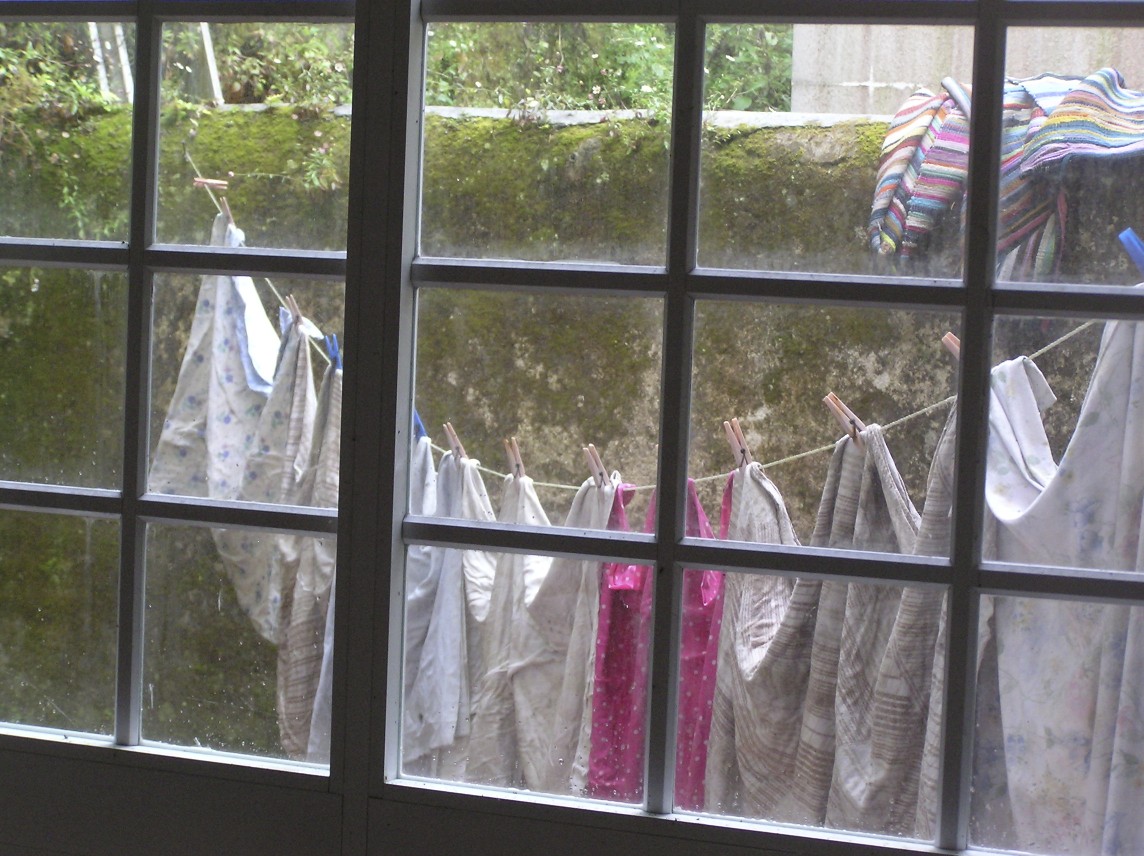
Impacts on Physical and Mental Health
It is not surprising to find that loneliness has a harmful physical impact on our physical and mental health given these accounts of physical pain and the disruption of neurobiological functions. Our two authors offer an impressive (and disturbing) list of five major pathways associated with the impact of loneliness—several of which relate to those I have already identified.
Pathway 1: Health Behavior: When one is living alone and seeking no support for or interaction with other people, they are likely to neglect their own health Cacioppo and Patrick (2008, p. 99). The “guard rails” that loving members of the family, or caring friends provide are missing. The lonely person can eat too much (as witnessed in a recent movie, The Octopus), taking mind-altering drugs to ease the pain of loneliness, or simply fail to eat nutritious and healthy foods. A daily routine of frozen food (laced with salt, sugar and other nonhealthy additives) may prevail. What is the outcome? Loneliness takes its toll. As Cacioppo and Patrick (2008, p. 99) note, loneliness is correlated in Cacioppo’s studies with depressive symptoms, chronic health conditions and elevated blood pressure.
Pathway 2: Exposure to Stressors and Life Events: while results from Cacioppo’s research suggest that young people who are lonely tend not to confront more stressors than do those who are not lonely, this was not the case for the older adults he studied. Cacioppo and Patrick (2008, p. 102) concluded that “over time, the ‘self-protective’ behavior associated with loneliness leads to greater marital strife, more run-ins with neighbors, and more social problems overall.” Using a more common phrase, it appears that old, lonely people become “grumpy.”
Cacioppo and Patrick point to another British study that suggests we tend to become easily stressed (and perhaps “grumpy”) if we are in jobs that offer us little opportunity for control. As I noted in my previous essay in this series concerning the sociology of loneliness, this condition might often be related to an absence of an internal locus of control. As I noted earlier in the current essay, Anomie might prevail when we are alone and alienated in our work life (and perhaps also in our home life).
Pathway 3: Perceived Stress and Coping: the results of Cacioppo’s studies suggest that those who are lonely are likely to be stressed out by events that most people take in stride. They even might be more likely as I noted above to imagine threatening lions in their social world. In other words, those who are lonely are likely to be not only “grumpy” and without any sense of internal control. They are also likely to be “trigger happy.”
In bringing this pathway to our attention, Cacioppo and Patrick (2008, pp. 31-32) return to their evolutionary psychology perspective—along with a scoop of socio-neuropsychology:
“For creatures shaped by evolution to feel safe in company and endangered when unwillingly alone, feelings of isolation and perceptions of threat reinforce each other to promote a higher and more persistent level of wariness. To prepare us to react efficiently when confronting threats to life and limb, nature provided us with the ability to be cognitively hypervigilant, along with a chain of physiological reactions known as the fight-or-flight response. But the neurological wiring we depend on today evolved in response to the kinds of hit-and-run stressors we faced millions of years ago. As a result, our stress response (“fight or flight”) includes a prompt to immediate action that increases resistance in the cardiovascular system and floods the body with hormones that rev us up. If we were fending off wild dogs, those hormones could help save our lives. However, when our stressors consist of feeling isolated and unloved, the constant presence of these excitatory chemicals acts as a corrosive force that accelerates the aging process.”
Pathway 4: Physiological Response to Stress: our authors bring in a bit of neurobiology at this point, noting that there are two competing biological systems operating in each of us. One of these systems (sympathetic) moves us forward, while the other (parasympathetic) holds us back from action. Whenever the sympathetic system is activated, it must be followed by a parasympathetic “downshifting” of the system. The sympathetic system tends to be engaged under conditions of stress—with downshifting taking place after the stress is no longer present.








